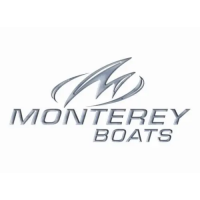What to do if my Monterey Boat engine will not crank?
- JJeffrey MendozaSep 12, 2025
If your Monterey boat engine won't crank, several factors could be at play. Start by checking the connection of the engine stop switch and ensure the throttle/shift control is in neutral. Inspect the main circuit breaker and reset it if necessary. Clean any corrosion from the battery terminals and verify the battery isn't weak; recharge or replace it if needed. Finally, inspect and secure battery wiring connections.

